1. Aaina Mahal:-
Aina Mahal is a palace built in the 18th century in the city of Bhuj in the largest Kutch district of Gujarat, a state in the western part of India.
- This palace is located next to the Prague Palace.
- This palace was built in 1761 by Rao Lakhpatji. Its main architect was Kutchhi Mistry Ram Singh Malam.
- The walls of the palace are made of white marble in which mirrors are installed.
- This palace was completely destroyed in the 2001 Gujarat earthquake. But one part of this palace was not damaged that much. It has been repaired and restored. This part contains a bedroom, music room, court room, some antiques, paintings, weapons and a throne.
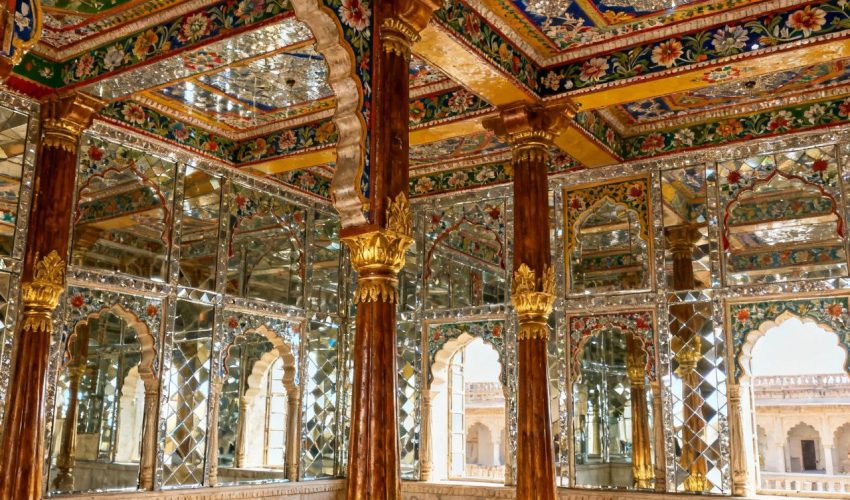
- Aina Mahal Timing: 09:00 am – 06:00 pm
- Aina Mahal Price: 20 INR
- Best time to visit Aina Mahal(preferred time): 03:00 pm – 04:30 pm
- Time required to visit Aina Mahal: 01:30 Hrs
2. Prag Mahal:-
- Prag Mahal is a 19th century palace located in Bhuj city of Kutch district.
- Its construction was started by Rao Pragmalji (III) in 1865. It was designed by Colonel Henry St. Wilkins in the Italian Gothic style. Many Italian craftsmen were hired for the construction of this palace. These craftsmen were paid in gold coins.
- The cost of construction of the palace at that time was 31 lakh rupees and its construction was completed in 1879 during the reign of Khengarji (III). Local Kutch craftsmen were also involved in the construction of this palace.
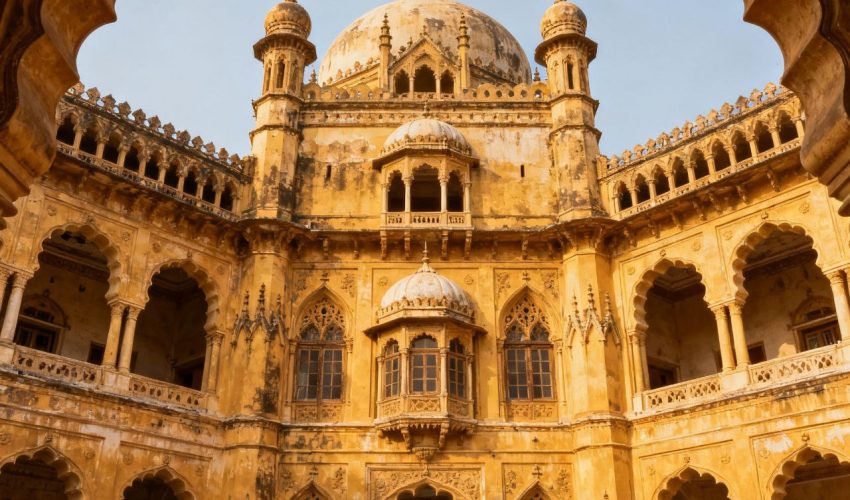
- The palace’s features include
- The main hall, on whose walls are hung animal heads,
- The court room, which has broken chandeliers and statues,
- Corinthian pillars,
- Latticework with carvings of European plants and animals,
- A small temple at the back of the palace courtyard, which is inlaid with beautifully carved stones.
- Famous Bollywood films like Hum Dil De Chuke Sanam and Lagaan, and many Gujarati films have been shot here.
- The palace was badly damaged in the 2001 Gujarat earthquake.
- In 2006, the palace was looted, thieves took away ancient artifacts and vandalized many things.
- Today, the palace is in a state of haunted ruins. In this palace, tourists can enter the main hall and climb the steps of the tower to the top. From this tower, the entire city can be seen.
Entrance Ticket Details For Prag Mahal Palace:-
- Entry fee: 20INR
- Child fee: 10 INR
- School group (children): 5 INR
- College group: 10 INR
- For camera: 50INR
- For video camera: 200 IN
- Prag Mahal Palace Timing: 09:30 am – 05:45 pm
Time required to visit Prag Mahal Palace: 02:00 Hrs
3. Bhujio Dungar and Bhujio Fort
Bhujio Dungar
Bhujio Dungar is a hill outside the city of Bhuj. Bhujio Fort is built on this hill.
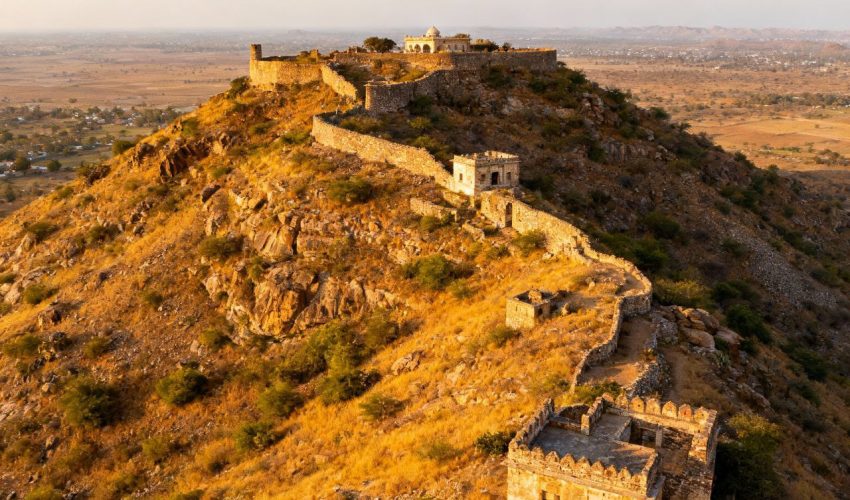
Legend of Bhujang
According to legend, Kutch was ruled by the Naga people. Queen Sagai of Sheshpattan along with Bheriya Kumar rebelled against the leader of the Naga people, Bhujang. After the battle, Bheriya was defeated and Sagai committed Sati. The hill where Bhujang lived came to be known as Bhujio Dungar and the nearby city came to be known as Bhuj. Bhujang is worshipped as a serpent deity and his temple has been built there.
Geography
This hill is 160 meters high.
Bhujang Temple
A small square minaret at one corner of the fort is dedicated to ‘Bhujang Nag’, who according to folklore is the brother of ‘Sheshnag’, the god of the underworld. He came from the Than region of Kathiawar and freed Kutch from the oppression of demons and demons.
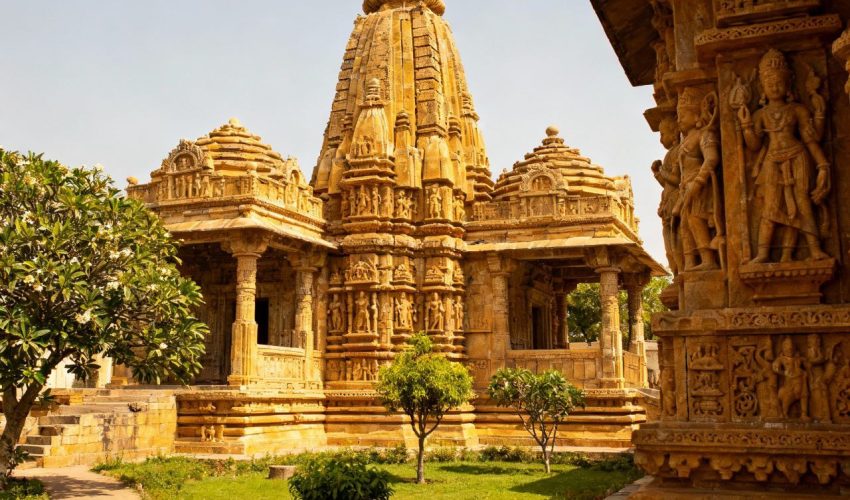
Bhujang Temple was also built during the reign of Deshalji I (1718-1740) at the time of the construction of the fort. Deshalji, who won a war with the help of the Naga Bawas who worshipped the serpent god, had an umbrella built there in 1723. Since this incident, a fair has been held on the fort every Nag Panchami.
Smritivan
A memorial and museum has been built on the hill for the victims of the 2001 Gujarat earthquake. In it, a total of 13,805 trees have been dedicated to each person and 108 small water tanks have been built.
Bhujia Fort
This fort was built by the Jadeja rulers for the defense of the city. The construction of Bhujia Fort was started by Rao Godji I (1715-1718), the ruler of Kutch, to protect Bhuj. However, its main construction and completion took place during the reign of his son Deshalji I (1718-1741). The walls of the fort were further strengthened to protect the capital Bhuj. Deshalji I’s Diwan Devkaran Seth played an important role in strengthening the Bhujia hill. The fort has witnessed six major battles, which were fought between 1700 and 1800 between the Rajput rulers of Kutch and the invaders from Sindh and the Mughal rulers of Gujarat.
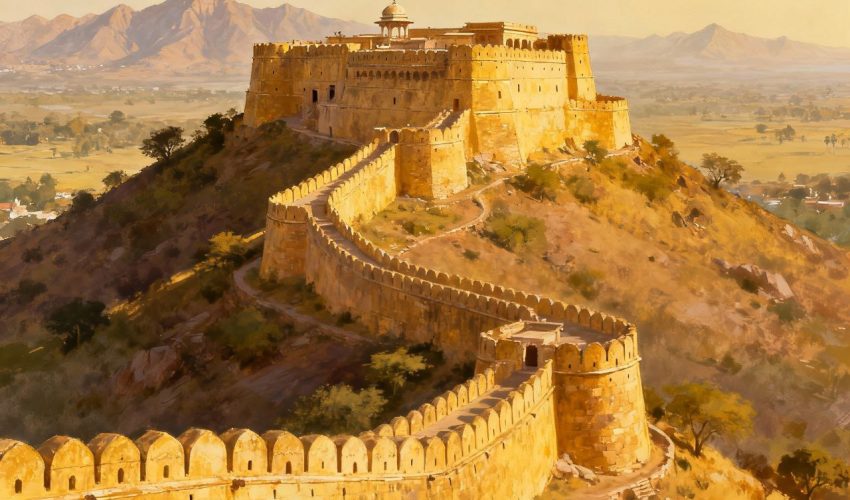
The first major battle at Bhujia Fort was fought during the early reign of Deshalji I and the invasion of Kutch by the Mughal suba of Gujarat, Sher Buland Khan. The army of Kutch was in a precarious position at that time. At that time, a group of Naga Bawa entered the fort on the pretext of worshiping the Nag temple of the fort and joined the battle against the army of Sher Buland Khan. Since that day, special importance is given to the Naga Bawa on the day of Nag Panchami.
When the Kutch princely state accepted British rule in 1819, Colonel William Core took possession of the fort. This fort was under the Indian Army after India’s independence in 1947. After the 2001 earthquake, the Indian Army vacated the fort and adopted a new location.
Characteristics
The Bhujio fort is partially ruined. To enter the fort, one has to pass through two gates. There are irregularly built buildings inside the fort. The top walls of the fort are weak and damaged.
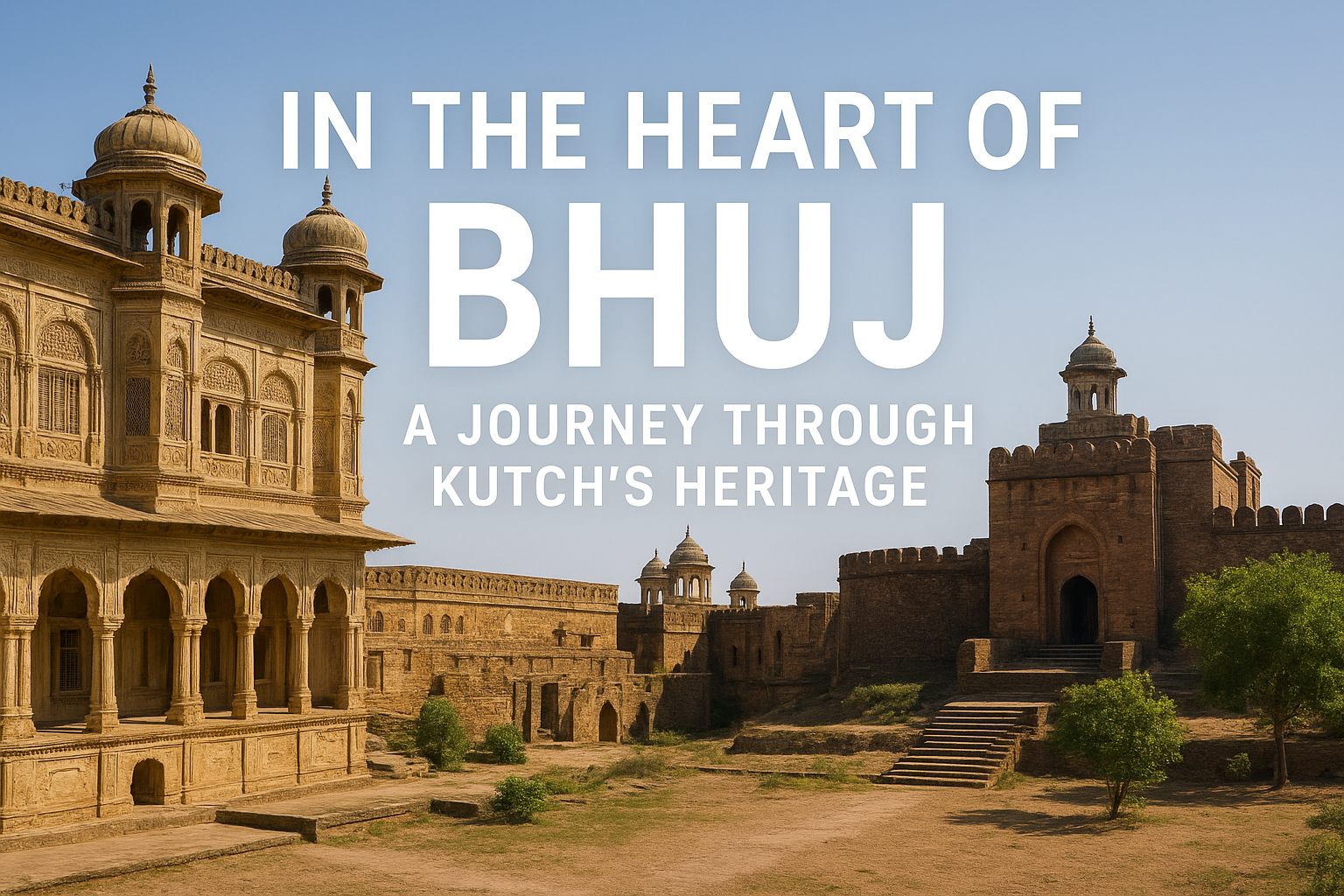
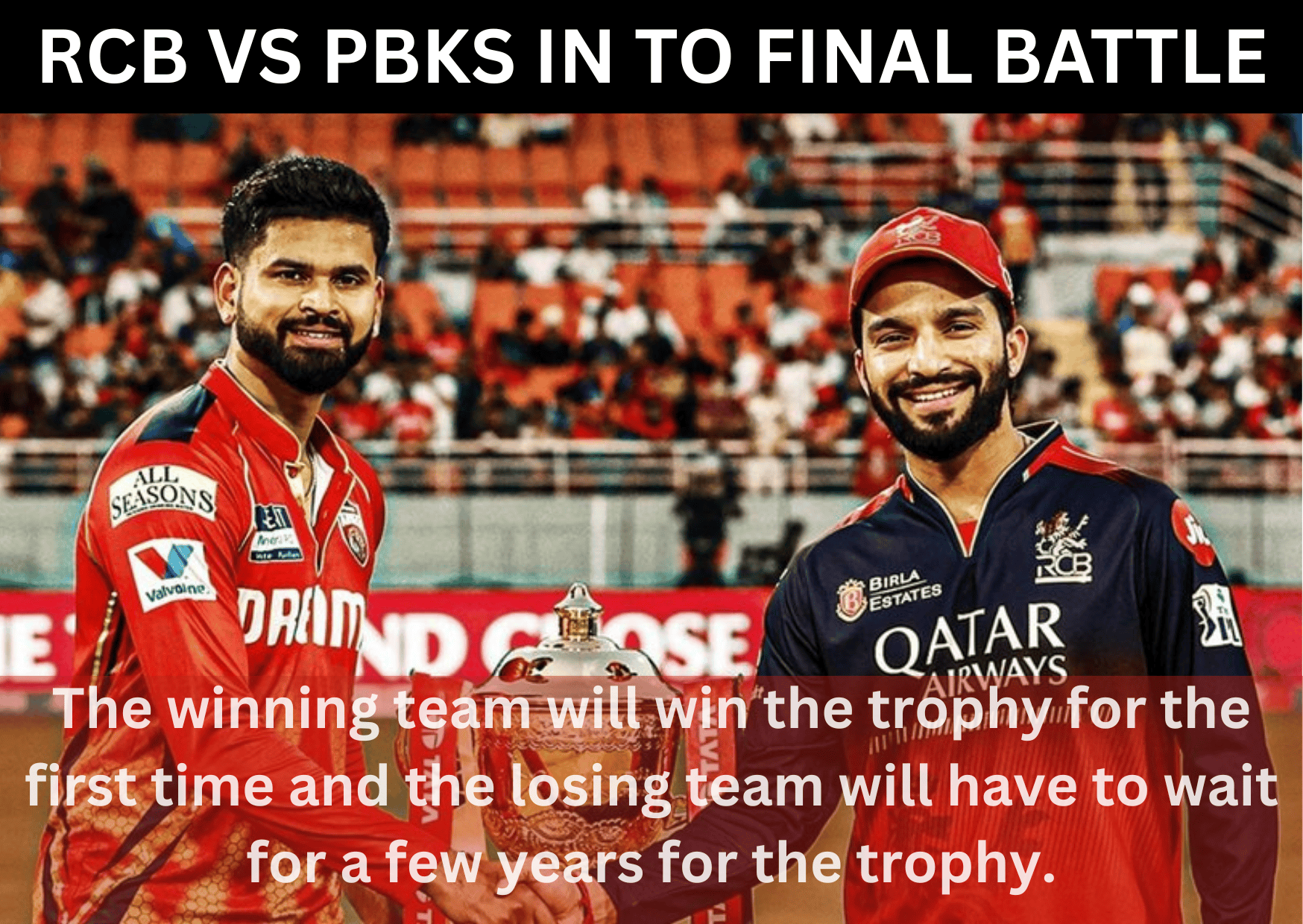
Leave a Reply